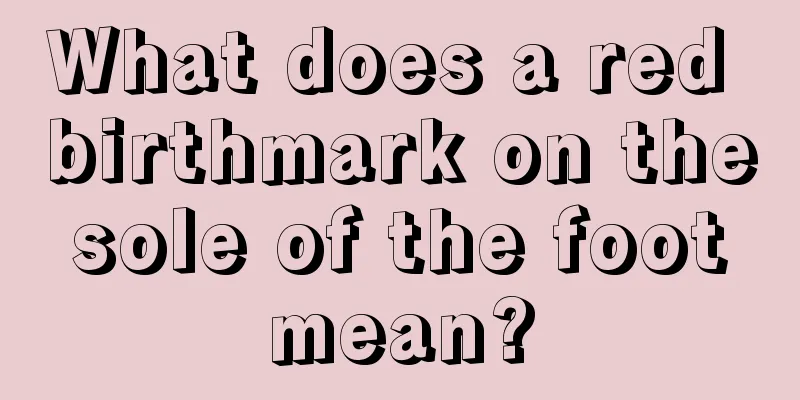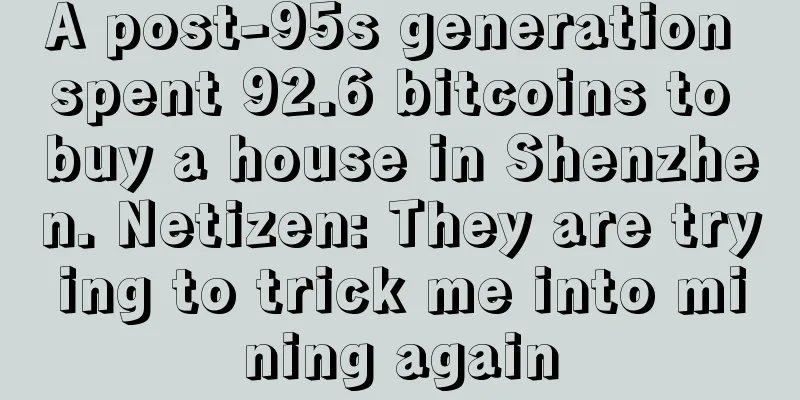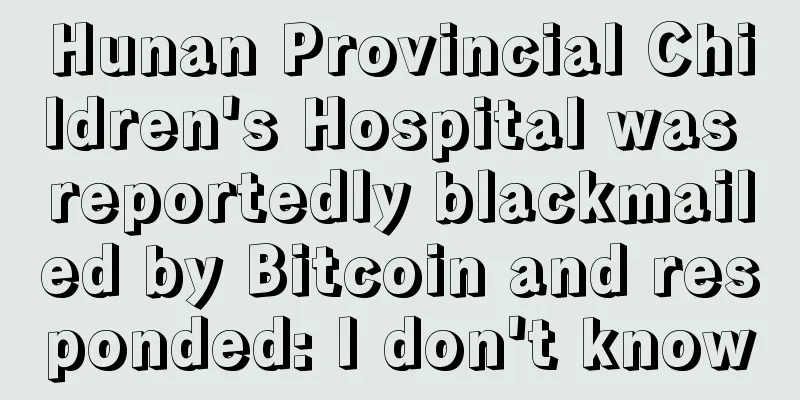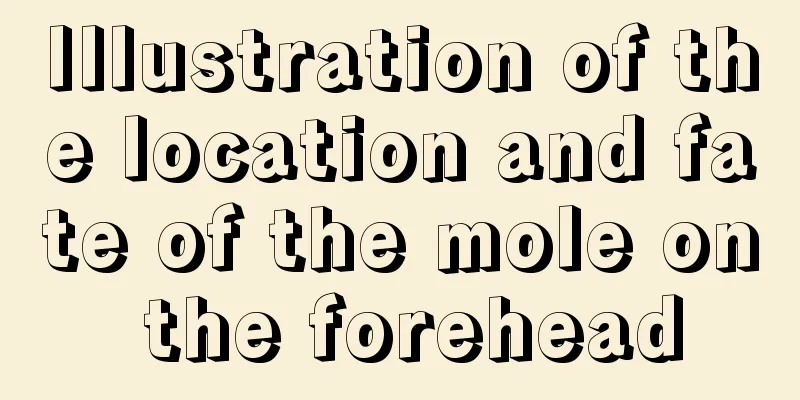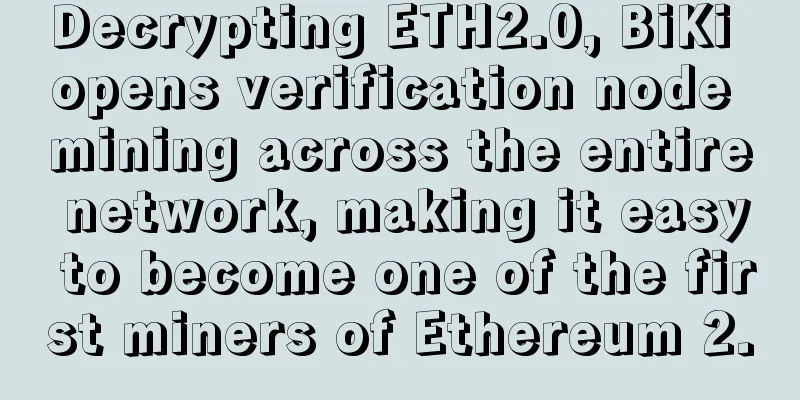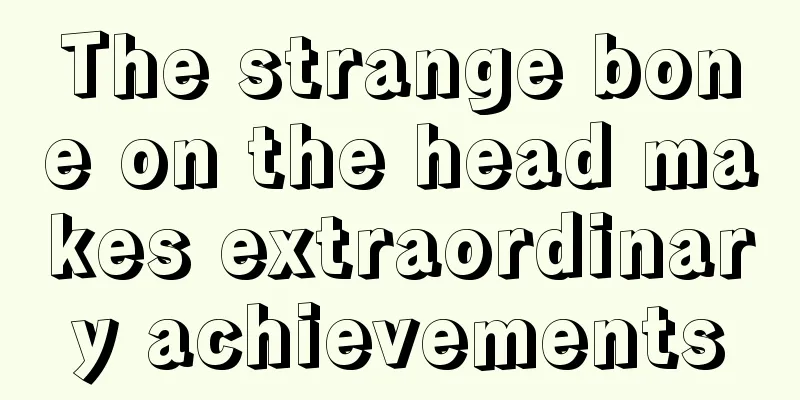China's original blockchain public chain Qtum white paper released, building a third ecosystem besides Bitcoin and Ethereum
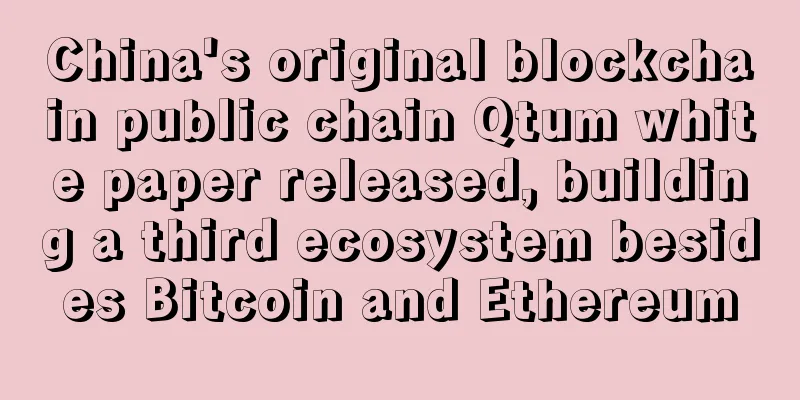
|
Recently, the Qtum open source community published the white paper "Quantum Chain White Paper - Value Transfer Protocol and Decentralized Application Platform". The white paper explains in detail how to achieve peer-to-peer value transfer through the Value Transfer Protocol in the Qtum system, and based on this protocol, how to build a decentralized application development platform (DAPP Platform) that supports multiple industries (finance, Internet of Things, supply chain, social games, etc.), as well as specific implementation plans. The Qtum open source community has been committed to developing a third blockchain ecosystem beyond Bitcoin and Ethereum, and is committed to expanding the application boundaries and technical boundaries of blockchain technology so that ordinary Internet users can feel the value of blockchain technology. Once the white paper was released, it caused heated discussions in the community and was evaluated as "benchmarking Bitcoin, comparable to Ethereum, and creating a three-legged trend." Qtum is also an original blockchain public chain created by the Chinese community. The following is an excerpt from the white paper: AbstractQuantum Blockchain ( abbreviated as ' Qtum ' [ˈkwɒntəm]) is committed to developing a third blockchain ecosystem beyond Bitcoin and Ethereum, and is committed to expanding the application boundaries and technical boundaries of blockchain technology so that ordinary Internet users can feel the value of blockchain technology. In the Qtum system, point-to-point value transfer can be achieved through the Value Transfer Protocol, and based on this protocol, a decentralized application development platform (DAPP Platform) supporting multiple industries (finance, Internet of Things, supply chain, social games, etc.) can be built. The Qtum system is implemented through good design principles and design strategies, such as compatibility principles, modular design strategies, security strategies, and ease of use strategies. From a technical perspective, Qtum is committed to realizing the first POS smart contract platform compatible with BIP (based on the UTXO model) , and through the introduction of Identity, Oracle and Data feeds. In terms of compliance, it meets the regulatory requirements of different industries. In Qtum's public blockchain system, in terms of consensus mechanism, from the perspective of decentralization, practicality, and technical reliability, we will use Proof of Stake as the basis, add node online incentive factors (Incentive Factor), and form an IPOS (Incentive POS) consensus protocol. In Qtum's alliance chain (Permissioned Blockchain), we will adopt the Proof of Time consensus protocol proposed by Qtum developers and integrated with Raft, so that the time to reach consensus in alliance chains or private chains is greatly shortened (BlockTime: 250ms, Confirmation Time: 750ms-3s). The Qtum system will implement blockchain-based contracts based on the UTXO model, mainly considering the following factors: (1) compatibility with the Bitcoin ecosystem; (2) compatibility with the BIP long-term evolution protocol; and (3) parallel processing capabilities/privacy/traceability of transactions. In the Qtum system, we divide blockchain contracts into smart contracts and simple contracts . In addition to supporting smart contracts, we will introduce off-chain factors to form simple blockchain contracts that conform to real-world business logic. In terms of virtual machines, in the Qtum test network, we will be compatible with EVM. In the future, by marking different virtual machine types, we can support more virtual machines, including LLVM, Lua, and EVM2.0. As well as stricter programming languages developed for VMs. In the Qtum system, we can make blockchain smart contracts more practical and more in line with business rules through the design of Oracle and Data Feed, building a bridge from the real world to the blockchain world. In addition, in the Qtum system, the identity information of participants can be managed through smart contracts, which will provide better support for financial services based on the Qtum system. Finally, the mobile-oriented strategy ( Go Mobile ) is also a strategy that Qtum attaches great importance to. In the Qtum ecosystem, we will work with third-party developers to provide mobile services from the perspective of technical architecture support, including: mobile wallets, mobile DAPP applications, and mobile smart contract services. We also encourage third-party developers to join us in developing blockchain mobile services and jointly promote the implementation of blockchain technology. Attached is the full text of the white paper for download. |
<<: New Ethereum prediction market Gnosis enters beta testing phase
Recommend
There is a muscle under the earlobe.
Do you know how to directly analyze a person'...
The face of a person who always speaks in a rigid manner
If you speak in a particularly interesting way, o...
The relationship is full of twists and turns! Will there be a divorce if there is an island pattern on the marriage line?
Will there be divorce if there is an island patte...
Men should pay attention to the appearance of women who only care about money
The information presented on a person's face ...
How much do you know about the Feng Shui of hairline?
The height of the hairline affects the coordinati...
Is Bitcoin really coming back to life?
“How much is Bitcoin now?” On May 11, Hao Ming su...
What does a woman with good fortune look like? Do you know which women are blessed?
Everyone is full of hope for their future life an...
USDT discount may indicate weak Bitcoin market sentiment
Tether (USDT) has been trading at a discount thro...
Why is the hanging nose a rich nose? Is there any explanation?
Generally speaking, people with hanging noses ten...
Palmistry health analysis, how to read the health line
The health line on each person's hand is diffe...
Which palm lines indicate good luck in love?
Each of us will have romantic luck, but some peop...
What does phoenix eye pattern mean?
The lines on everyone's palms are different. ...
What are the characteristics of a grateful face? Who knows how to be grateful and filial?
People like to be with people with good personali...
Without waiting for Ethereum 2.0, DeFi protocols are migrating to Layer 2 to solve the problem of high transaction fees
As Ethereum gas fees soar and the network struggl...
How popular you are with the opposite sex depends on your sleeping position
Everyone's sleeping posture is naturally diff...


